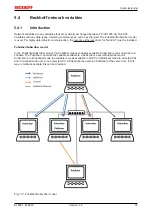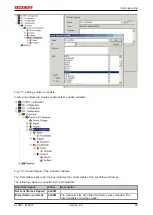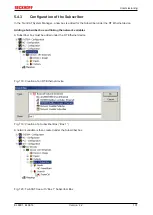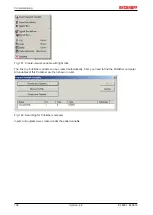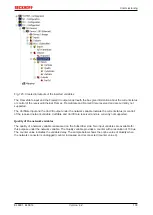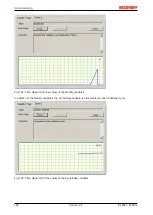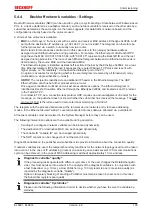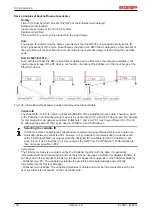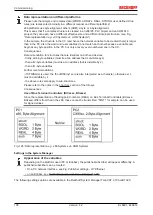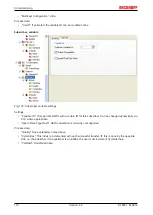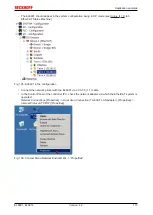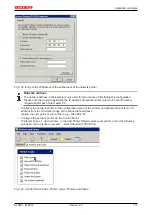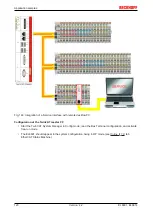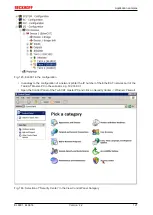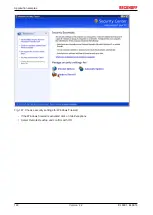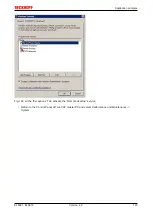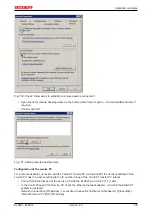
Commissioning
EL6601, EL6614
110
Version: 4.2
Fig. 130: Publisher settings - UDP/IP
UDP/IP settings - the addressing technique of the IP network layer with IP addresses is used. UDP is a
connection-less protocol without feedback.
• Broadcast: Sent to all device with destination IP (v4) 255.255.255.255
• Multicast: The destination IP must be specified, see notes on MAC multicast
• Unicast: Specify the target device (e.g.: 192.168.0.1), making sure that it can be reached through the
subnet mask
Use of broadcast and multicast
Network variables sent as broadcast or multicast at MAC or IP level can generate high network load
(depending on the cycle time), since they are multiplied into the whole connected network. This may
cause simple network devices such as printers to crash. With short cycle times all network traffic
may become blocked. We strongly recommend using unicast addressing, taking into account vari-
able identification, as described above.
Advanced Settings:
• "ARP Retry Interval": In order to ascertain the presence of the recipient, the publisher sends an ARP
request to the target device at these intervals. If the network administration of the recipient is
operational, it sends an ARP reply. This is only meaningful with unicast.
In the event of an error bit 3 is set (0x0004) in the diagnostic FrameState variable.
Note
: ARP handling (ARP = Address Resolution Protocol: allocation of hardware/MAC addresses to
network addresses [IP]) is managed by the operating system (Windows).
• "Disable Subscriber Monitoring": deactivates the procedure described above.
• "Target Address changeable": In this case the destination IP can be changed dynamically.


